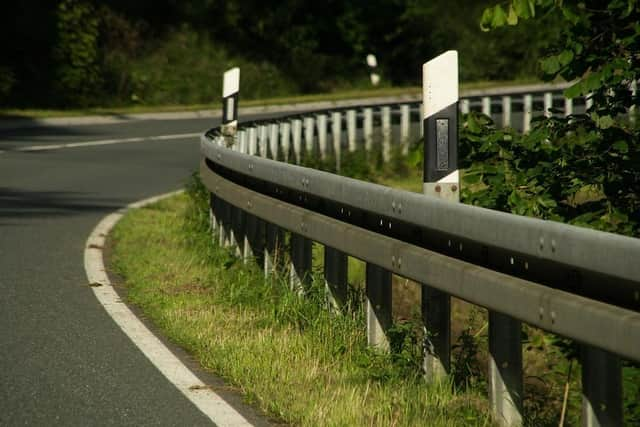Barnsley council aims to cut road casualties by half, as analysis shows most dangerous routes
and live on Freeview channel 276
A new safer roads strategy is set to be adopted by the council’s cabinet on January 25, which sets out the authority’s ambitions to reduced the number of people killed and seriously injured on the borough’s roads.
BMBC is set to adopt an “an internationally recognised ‘Safe System’ proactive approach”, which aims to reduce the number of road casualties by 50 per cent by 2030.
Advertisement
Hide AdAdvertisement
Hide AdAccording to the Department for Transport data, in 2012 there were a total of 725 road casualties in Barnsley, of which 178 (24%) were fatal or resulted in serious injury.


In 2021, the number of road casualties had dropped by 35 per cent to 474, of which 122 were fatal or resulted in serious injury.
The strategy states that BMBC and the safer roads partnership have helped to prevent 700 road casualties, of which more than 330 would have resulted in a life-changing injury or death.
A report to cabinet states: “This approach will enable the safer roads and public spaces that will support the promotion of sustainable, active, and healthy travel that support our local communities and economies.
Advertisement
Hide AdAdvertisement
Hide AdBMBC aims to design and maintain the borough’s roads to reduce the potential of collisions; work with communities on road safety issues; target ‘high-risk’ road users; and work with the emergency services to improve the response for casualties.
Analysis found that A roads with the highest rate of collisions resulting in serious injury or death are the A628, A61, and A635.
On B roads, the highest rates were on the B6096, B6098, and B6428.
